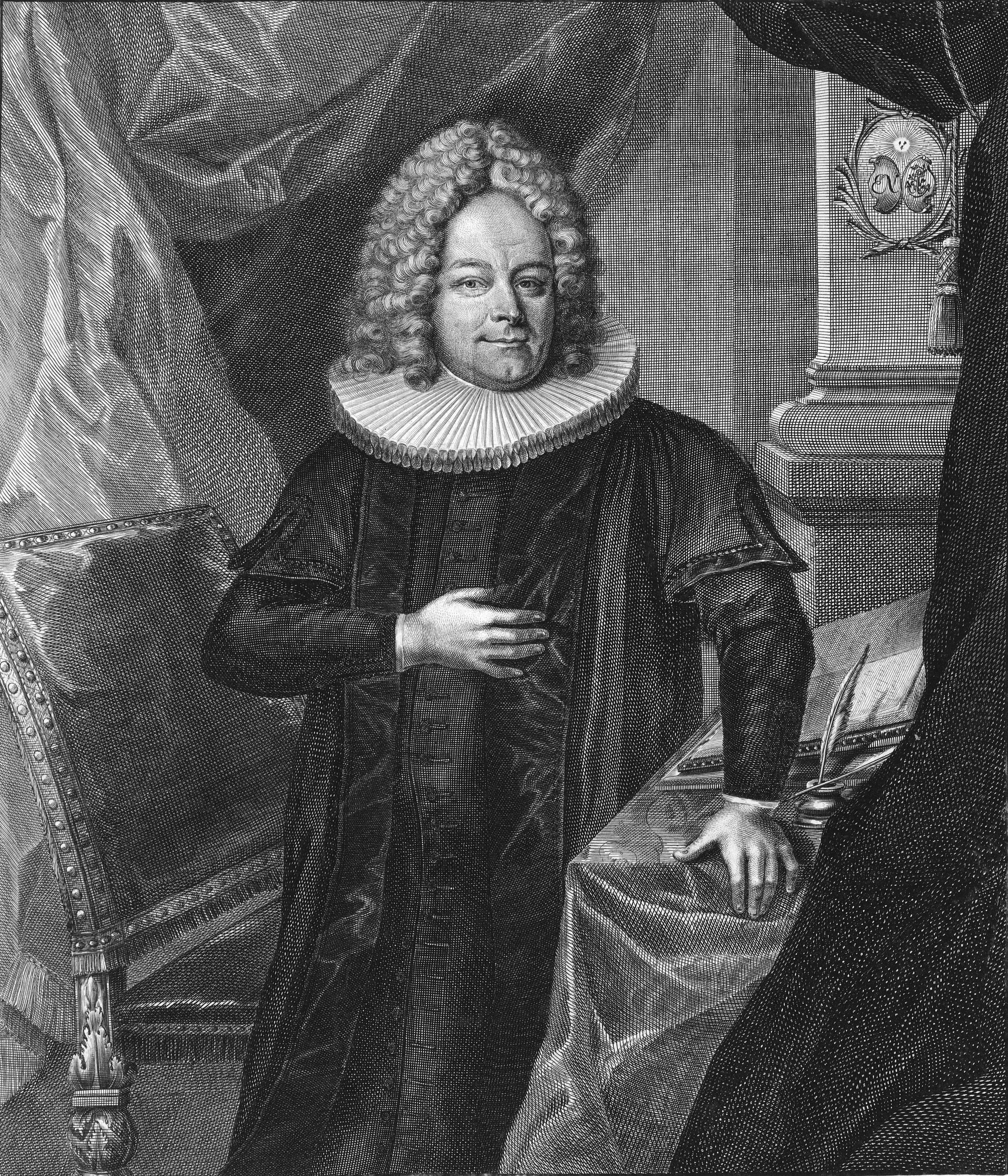|
Uichteritz
Uichteritz is a village and a former municipality in the Burgenlandkreis district, in Saxony-Anhalt, Germany. Since 1 January 2010, it is part of the town Weißenfels. Geography Uichteritz is located between Goseck and Weißenfels north west of the Saale in the Saale valley, about 2.5 miles from Weißenfels. Lobitzch also belonged to the old administrative district before it was annexed by Weißenfels. Type of Settlement Uichteritz has a settlement type known as Haufendorf. The village predominantly consists of one- and two-story houses which appear not to have been built in a particular planned way. Medium-sized courtyards, well-preserved half-timbered buildings as well as newly constructed one-and two-family houses dot the village. History Uichteritz may have come into existence at the time of the Migration Period in the 6th or 7th Century. It was primarily Sorbs who settled in this region as evidenced by archeological finds, as well as placenames with the ending "-itz ... [...More Info...] [...Related Items...] OR: [Wikipedia] [Google] [Baidu] |
Weißenfels
Weißenfels (; often written in English as Weissenfels) is the largest town of the Burgenlandkreis district, in southern Saxony-Anhalt, central Germany. It is situated on the river Saale, approximately south of Halle, Saxony-Anhalt, Halle. History Perhaps the first mention of the area, before the town itself was founded occurred in 806 CE, when Charles the Younger (''Karl der Jüngere''), King of the Franks, fought and killed two West Slavs, West Slavic ''Knyaz, Knezy'' (princes) nearby: duke Miliduch of the Sorbs and Nessyta (possibly also a Sorbian leader). Miliduch had led a Sorbian invasion of Austrasia. The settlement arose around a castle on a ford (crossing), ford crossing the Saale and received German town law, municipal rights in 1185. During the Thirty Years' War, the town was badly damaged and the population fell from 2200 to 960. On 7 November 1632 the body of King Gustavus Adolphus of Sweden was first laid out at Weißenfels after he had been killed the day befo ... [...More Info...] [...Related Items...] OR: [Wikipedia] [Google] [Baidu] |
Erdmann Neumeister
Erdmann Neumeister (12 May 1671 – 18 August 1756) was a German Lutheran pastor and hymnologist. He was born in Uichteritz near Weißenfels in the province Saxonia of Germany. As a fifteen-year-old boy he started his studies in Schulpforta, an old humanistic gymnasium. He became a student of poetology and theology in the University of Leipzig between 1691 and 1697. He began his career as a minister of religion in the spa town of Bibra. He became diaconus (deacon) for the duke of Saxonia-Weissenfels. From 1705 to 1715, he was superintendent in Sorau (today Zary in Poland). He left for Hamburg because of theological disputes. (As an adult, he would become a vehement opponent of Pietism). He died in Hamburg as an honoured main pastor. His grave in the St. Jacobi Church was destroyed during World War II. Works Hymns He is remembered for several hymns, including "Jesus, Great and Wondrous Star" and "Sinners Jesus Will Receive". Cantatas Neumeister was an influential writ ... [...More Info...] [...Related Items...] OR: [Wikipedia] [Google] [Baidu] |
Saale
The Saale (), also known as the Saxon Saale (german: Sächsische Saale) and Thuringian Saale (german: Thüringische Saale), is a river in Germany and a left-bank tributary of the Elbe. It is not to be confused with the smaller Fränkische Saale, Franconian Saale, a right-bank tributary of the Main (river), Main, or the Saale (Leine), Saale in Lower Saxony, a tributary of the Leine. Etymology The name ''Saale'' comes from the Proto-Indo-European language, Proto-Indo-European root wikt:Reconstruction:Proto-Indo-European/sélos, *''séles'' 'marsh', akin to Welsh language, Welsh ''hêl, heledd'' 'river meadow', Cornish language, Cornish ''heyl'' 'estuary', Ancient Greek, Greek ''hélos'' 'marsh, meadow', Sanskrit ''sáras'' 'lake, pond', Sarasvati River, ''Sárasvati'' 'sacred river', Old Persian ''Harauvati'' 'Harut River, Hārūt River; Arachosia', Avestan ''Haraxvatī'', idem. It may also be related to the Indo-European root *''sal'', "salt". The Slavic name of the Saale, ''Sola ... [...More Info...] [...Related Items...] OR: [Wikipedia] [Google] [Baidu] |
Merseburg
Merseburg () is a town in central Germany in southern Saxony-Anhalt, situated on the river Saale, and approximately 14 km south of Halle (Saale) and 30 km west of Leipzig. It is the capital of the Saalekreis district. It had a diocese founded by Archbishop Adalbert of Magdeburg. The University of Merseburg is located within the town. Merseburg has around 33,000 inhabitants. Names * cs, Merseburk, Meziboř * french: Mersebourg * german: Merseburg * la, Merseburga * pl, Międzybórz * wen, Mjezybor Geography The town Merseburg consists of Merseburg proper and the following four ''Ortschaften'' or municipal divisions:Hauptsatzung der Stadt Merseburg § 15, April 2019. * |
August Nebe
August is the eighth month of the year in the Julian and Gregorian calendars, and the fifth of seven months to have a length of 31 days. Its zodiac sign is Leo and was originally named '' Sextilis'' in Latin because it was the 6th month in the original ten-month Roman calendar under Romulus in 753 BC, with March being the first month of the year. About 700 BC, it became the eighth month when January and February were added to the year before March by King Numa Pompilius, who also gave it 29 days. Julius Caesar added two days when he created the Julian calendar in 46 BC (708 AUC), giving it its modern length of 31 days. In 8 BC, it was renamed in honor of Emperor Augustus. According to a Senatus consultum quoted by Macrobius, he chose this month because it was the time of several of his great triumphs, including the conquest of Egypt. Commonly repeated lore has it that August has 31 days because Augustus wanted his month to match the length of Julius Caesar's July, but t ... [...More Info...] [...Related Items...] OR: [Wikipedia] [Google] [Baidu] |
Hamburg
(male), (female) en, Hamburger(s), Hamburgian(s) , timezone1 = Central (CET) , utc_offset1 = +1 , timezone1_DST = Central (CEST) , utc_offset1_DST = +2 , postal_code_type = Postal code(s) , postal_code = 20001–21149, 22001–22769 , area_code_type = Area code(s) , area_code = 040 , registration_plate = , blank_name_sec1 = GRP (nominal) , blank_info_sec1 = €123 billion (2019) , blank1_name_sec1 = GRP per capita , blank1_info_sec1 = €67,000 (2019) , blank1_name_sec2 = HDI (2018) , blank1_info_sec2 = 0.976 · 1st of 16 , iso_code = DE-HH , blank_name_sec2 = NUTS Region , blank_info_sec2 = DE6 , website = , footnotes ... [...More Info...] [...Related Items...] OR: [Wikipedia] [Google] [Baidu] |
Statistisches Bundesamt
The Federal Statistical Office (german: Statistisches Bundesamt, shortened ''Destatis'') is a federal authority of Germany. It reports to the Federal Ministry of the Interior. The Office is responsible for collecting, processing, presenting and analysing statistical information concerning the topics economy, society and environment. The purpose is providing objective, independent and highly qualitative statistical information for the whole public. About 2300 staff members are employed in the departments in Wiesbaden, Bonn and Berlin. The department in Wiesbaden is the main office and runs the largest library specialised in statistical literature in Germany. It is also the Office of the President who is also by tradition, but not by virtue of the office, the Federal Returning Officer. In this position, they are the supervisor of the elections of the German Parliament ("Bundestag") and of the European Parliament. The Berlin Information Point is the service centre of the Federal O ... [...More Info...] [...Related Items...] OR: [Wikipedia] [Google] [Baidu] |
Langendorf, Saxony-Anhalt
Langendorf is a village and a former municipality in the Burgenlandkreis district, in Saxony-Anhalt, Germany. Since 1 January 2010, it is part of the town Weißenfels Weißenfels (; often written in English as Weissenfels) is the largest town of the Burgenlandkreis district, in southern Saxony-Anhalt, central Germany. It is situated on the river Saale, approximately south of Halle, Saxony-Anhalt, Halle. His .... Former municipalities in Saxony-Anhalt Weißenfels {{Burgenlandkreis-geo-stub ... [...More Info...] [...Related Items...] OR: [Wikipedia] [Google] [Baidu] |
Markwerben
Markwerben is a village and a former municipality in the Burgenlandkreis district, in Saxony-Anhalt, Germany. Since 1 January 2010, it is part of the town Weißenfels Weißenfels (; often written in English as Weissenfels) is the largest town of the Burgenlandkreis district, in southern Saxony-Anhalt, central Germany. It is situated on the river Saale, approximately south of Halle, Saxony-Anhalt, Halle. His .... Former municipalities in Saxony-Anhalt Weißenfels {{Burgenlandkreis-geo-stub ... [...More Info...] [...Related Items...] OR: [Wikipedia] [Google] [Baidu] |
Domstift
The term (; nl, sticht) is derived from the verb (to donate) and originally meant 'a donation'. Such donations usually comprised earning assets, originally landed estates with serfs defraying dues (originally often in kind) or with vassal tenants of noble rank providing military services and forwarding dues collected from serfs. In modern times the earning assets could also be financial assets donated to form a fund to maintain an endowment, especially a charitable foundation. When landed estates, donated as a to maintain the college of a monastery, the chapter of a collegiate church or the cathedral chapter of a diocese, formed a territory enjoying the status of an imperial state within the Holy Roman Empire then the term often also denotes the territory itself. In order to specify this territorial meaning the term is then composed with as the compound ''Hochstift'', denoting a prince-bishopric, or for a prince-archbishopric. Endowment lural (literally, the 'donation' ... [...More Info...] [...Related Items...] OR: [Wikipedia] [Google] [Baidu] |
Burgenlandkreis
Burgenlandkreis is a district in Saxony-Anhalt, Germany. Its area is . History The district was established as Landkreis Burgenland by the merger of the former Burgenlandkreis and Landkreis Weißenfels as part of the reform of 2007. On 16 July 2007, the district parliament decided to change the name to Burgenlandkreis, coming into effect on 1 August 2007. In 2015 the skeletal remains of an ancient inhabitant of Karsdorf dated from the Early Neolithic (7200 BP) were analyzed; he turned out to belong to the paternal T1a-M70 lineage and maternal lineage H1. Towns and municipalities The Burgenlandkreis consists of the following subdivisions: Verbandsgemeinde A Verbandsgemeinde (; plural Verbandsgemeinden) is a low-level administrative unit in the German federal states of Rhineland-Palatinate and Saxony-Anhalt. A Verbandsgemeinde is typically composed of a small group of villages or towns. Rhineland- ...n 1 seat of the Verbandsgemeinde; 2 town References Exte ... [...More Info...] [...Related Items...] OR: [Wikipedia] [Google] [Baidu] |
Sorbs
Sorbs ( hsb, Serbja, dsb, Serby, german: Sorben; also known as Lusatians, Lusatian Serbs and Wends) are a indigenous West Slavic ethnic group predominantly inhabiting the parts of Lusatia located in the German states of Saxony and Brandenburg. Sorbs traditionally speak the Sorbian languages (also known as "Wendish" and "Lusatian"), which are closely related to Czech, Polish, Kashubian, Silesian, and Slovak. Upper Sorbian and Lower Sorbian are officially recognized minority languages in Germany. Due to a gradual and increasing assimilation between the 17th and 20th centuries, virtually all Sorbs also spoke German by the early 20th century. In the newly created German nation state of the late 19th and early 20th centuries, policies were implemented in an effort to Germanize the Sorbs. These policies reached their climax under the Nazi regime, who denied the existence of the Sorbs as a distinct Slavic people by referring to them as "Sorbian-speaking Germans". The communit ... [...More Info...] [...Related Items...] OR: [Wikipedia] [Google] [Baidu] |

.jpg)






